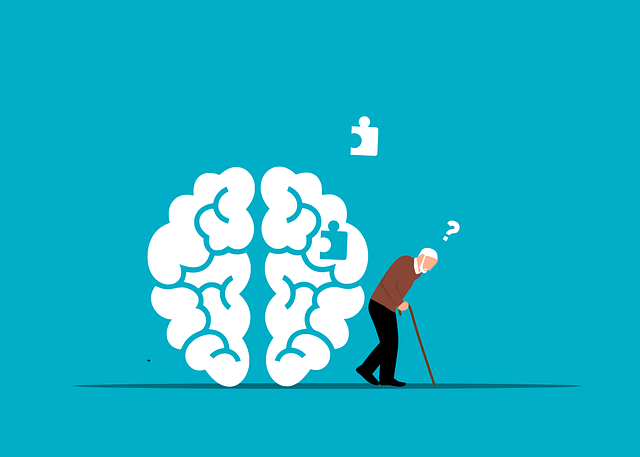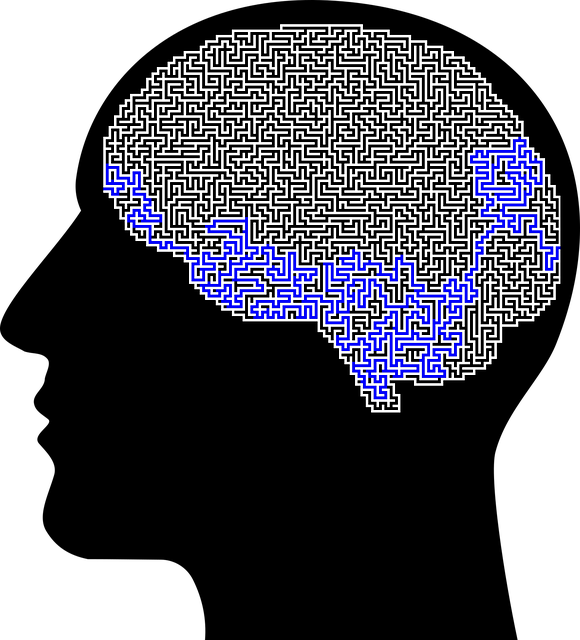Castle Rock Child Abuse Therapy: Unlocking Emergency Mental Health Support
Castle Rock Child Abuse Therapy is a leading provider of mental health crisis support, offering imme…….
In the realm of mental health support, specialized therapy programs play a pivotal role in healing and recovery, especially for vulnerable populations such as children who have experienced abuse. “Castle Rock Child Abuse Therapy” (CRCAT) is an innovative and comprehensive approach designed to address the complex needs of abused children. This article aims to delve into the intricacies of CRCAT, exploring its definition, global reach, economic implications, technological integrations, regulatory framework, challenges, successful implementations, and future prospects. By the end, readers will gain a profound understanding of this therapy’s significance in the fight against child abuse and its potential to transform lives worldwide.
Definition: Castle Rock Child Abuse Therapy (CRCAT) is an evidence-based treatment model specifically tailored for children who have experienced physical, emotional, or sexual abuse. It involves a multi-disciplinary team of professionals, including therapists, counselors, social workers, and physicians, who collaborate to provide holistic care. The therapy focuses on helping children process their traumatic experiences, develop coping strategies, enhance self-esteem, and rebuild trust in supportive environments.
Core Components:
Historical Context: The development of CRCAT draws from decades of research and practice in child mental health. It builds upon pioneering works like the Adverse Childhood Experiences (ACE) study, which highlighted the long-term impact of childhood trauma. This therapy model has evolved over time, incorporating successful elements from various therapeutic approaches to create a comprehensive framework.
Significance: CRCAT is crucial for several reasons:
CRCAT has made significant inroads internationally, gaining recognition for its effectiveness in diverse cultural settings.
Regional Adoption:
Key Trends:
The economic implications of CRCAT are multifaceted, impacting healthcare systems, communities, and individuals.
Market Dynamics:
Investment Patterns:
Economic Impact on Communities:
Technology plays a transformative role in modernizing CRCAT and expanding its reach.
Digital Tools:
Impact and Future Potential:
The development and delivery of CRCAT are shaped by various policies and regulations, which vary across jurisdictions.
Key Policies:
Regulatory Frameworks:
Despite its promise, CRCAT faces challenges and criticisms that must be addressed to optimize its impact.
Main Challenges:
Criticisms and Strategies for Improvement:
Case Study 1: Urban Community Initiative (UCI), United States
UCI is a community-based organization in a major US city with a high rate of child abuse. They implemented CRCAT, focusing on urban resilience and trauma-informed care. The program involved a multidisciplinary team offering group therapy sessions, family counseling, and individual play therapy for children aged 6-12. Results showed significant improvements in children’s emotional regulation, reduced externalizing behaviors, and enhanced family functioning. UCI’s success lies in its community engagement, adapting the therapy to urban environments, and ensuring cultural sensitivity.
Case Study 2: Rural Healing Center (RHC), Australia
RHC, located in a remote Australian town, faced challenges providing mental health services for indigenous children affected by abuse. They adopted CRCAT, incorporating traditional healing practices and community participation. The program included individual therapy sessions, cultural ceremonies, and family support groups. Outcomes indicated improved cultural safety, increased engagement, and better treatment adherence among indigenous children. RHC’s success demonstrates the importance of cultural adaptation and community-centric approaches in CRCAT.
Case Study 3: Global Kids Therapy (GKT), International Collaboration
GKT is a non-profit organization with a mission to bring CRCAT to underserved communities worldwide. They partner with local organizations in developing countries, providing training, resources, and ongoing support. GKT’s approach involves cultural adaptation, capacity building, and long-term commitment. Successful implementations have been seen in several Asian and African nations, leading to improved access to specialized therapy and positive changes in child welfare systems.
The future of CRCAT is promising, with emerging trends shaping its evolution and potential.
Potential Growth Areas:
Emerging Trends:
Strategic Considerations:
Castle Rock Child Abuse Therapy represents a powerful approach to addressing one of society’s most pressing challenges—child abuse. Its comprehensive nature, backed by substantial research and success stories, positions it as a game-changer in mental health support. As the world navigates the complexities of the digital age and cultural diversity, CRCAT continues to evolve, offering hope and healing to children who have experienced trauma.
By embracing evidence-based practices, technological advancements, and community collaboration, the future of CRCAT looks promising. It holds the potential to transform lives, break cycles of abuse, and build resilient communities worldwide. As awareness and demand grow, so too will the impact of this transformative therapy.
Q: What is child abuse, and how does it affect children’s mental health?
A: Child abuse refers to any act or failure to act by a caregiver that causes harm or puts a child at risk of harm. This includes physical, emotional, sexual abuse, neglect, and intentional neglect. Child abuse can lead to severe mental health issues, such as depression, anxiety disorders, post-traumatic stress disorder (PTSD), and behavioral problems.
Q: Why is early intervention important in CRCAT?
A: Early intervention is crucial because children who experience trauma or abuse at a young age may not have the cognitive or emotional resources to process and cope with their experiences. CRCAT aims to provide support during this critical period, helping children develop healthy coping mechanisms, regulate emotions, and build resilience.
Q: How can technology improve access to CRCAT?
A: Technology, such as teletherapy platforms and mobile apps, enables children in remote areas or with limited mobility to access specialized therapy sessions. Online tools also facilitate data collection and analysis, leading to better-informed treatment decisions and program improvements.
Q: What role do communities play in implementing CRCAT?
A: Communities are essential partners in delivering effective CRCAT. Local organizations, schools, and leaders can help identify children at risk, refer them to therapy services, and support the overall well-being of abused children and their families. Community engagement ensures that therapy practices align with cultural norms and promotes better outcomes.

Castle Rock Child Abuse Therapy is a leading provider of mental health crisis support, offering imme…….

Mental health advocacy, highlighted by organizations like Castle Rock Child Abuse Therapy, is a grow…….

Castle Rock Child Abuse Therapy emphasizes culturally sensitive mental healthcare as a key component…….